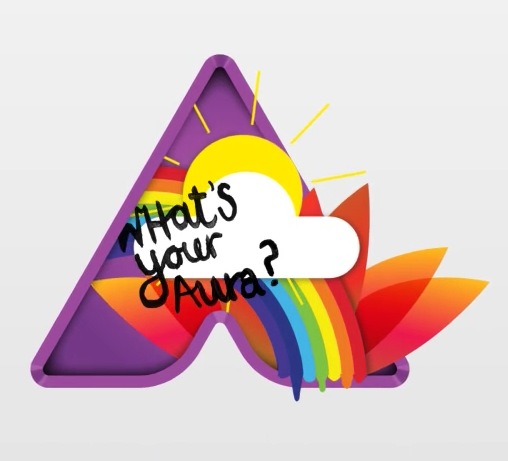
You hear about them almost anytime mobile activation advertising is mentioned: QR codes. But what has developed into an easy to use and effective way for small businesses to take advantage of the smart phone society—turning personal business cards and newsletter print ads into website traffic guides—the QR code has also become a sign of being “behind the ball” for big brand advertising. As the capabilities of the smartphone change with each newly developed app and phone upgrade, advertisers are constantly thinking about how to engage their audiences in ways that match the ever-changing mobile audience.
Shazam, a mobile app available for iPhone and Android users, works to recognize hard-to-name songs by listening to any song playing on the radio, television or anything with a set of speakers. Oh, and Shazam can play “name that song” in a quick five to seven seconds. Television advertisers have already begun taking advantage of the Shazam application, making the music, dialogue and sounds of their spots “Shazam friendly” by linking their commercials to mobile sites and offers through the application. The effectiveness has not gone unnoticed as Shazam has recently partnered up with Young & Rubicam in a major tech-friendly advertising coupling that promises to make beautiful music for both sides—no pun intended.
Using mobile-activated advertising to play on our human senses even further there is also augmented reality, which through a mobile application can turn a still-frame print ad image into a three-dimensional moving experience. Leading the augmented reality game is . The free Aurasma app uses the view finder on the user’s smartphone to recognize “Aurasma-able” images, which then turn into moving experiences on the screen of the smartphone. An extremely successful Aurasma campaign, and one that displays the full capabilities of the app, was done for The Rolling Stones to help promote the band’s newest album “GRR!” Aurasma used the album’s cover, a red-lipped gorilla, as the activator image. When the Aurasma view finder is held over the image, the gorilla comes to life on the screen as a three-dimensional image swiping, growling and providing the viewer with a unique mobile-activated experience.
See video of The Rolling Stones Aurasma campaign here
Despite the advancements made in mobile activation, it’s important to remember that not every new addition is right for a given brand, product or campaign. While there are limitations to what the QR code can do compared to the Shazam and Aurasma mobile apps, the QR code continues to be effective when used on packaged goods and print ads. Playing off sound only, the limitations of using Shazam are apparent despite what the app can do for a television spot looking to extend its presence in the viewer’s consciousness. Aurasma, while resembling something out of a 1980s futuristic film vision, is not about to be used for every image, print ad or logo, as the task of providing “Aurasma-able” content can be like creating two separate campaigns for the same product.
Just as it’s not always wise to bring a product to a radio or television spot, it’s not always the wisest move to use mobile activation advertising. As new developments continue to blossom, it will ultimately be up to the brands to determine whether we see more “Aurasma-able” and “Shazam-able” content or if the level we’re at now is a plateau point.
Phillip Fattore, Copywriting Intern
